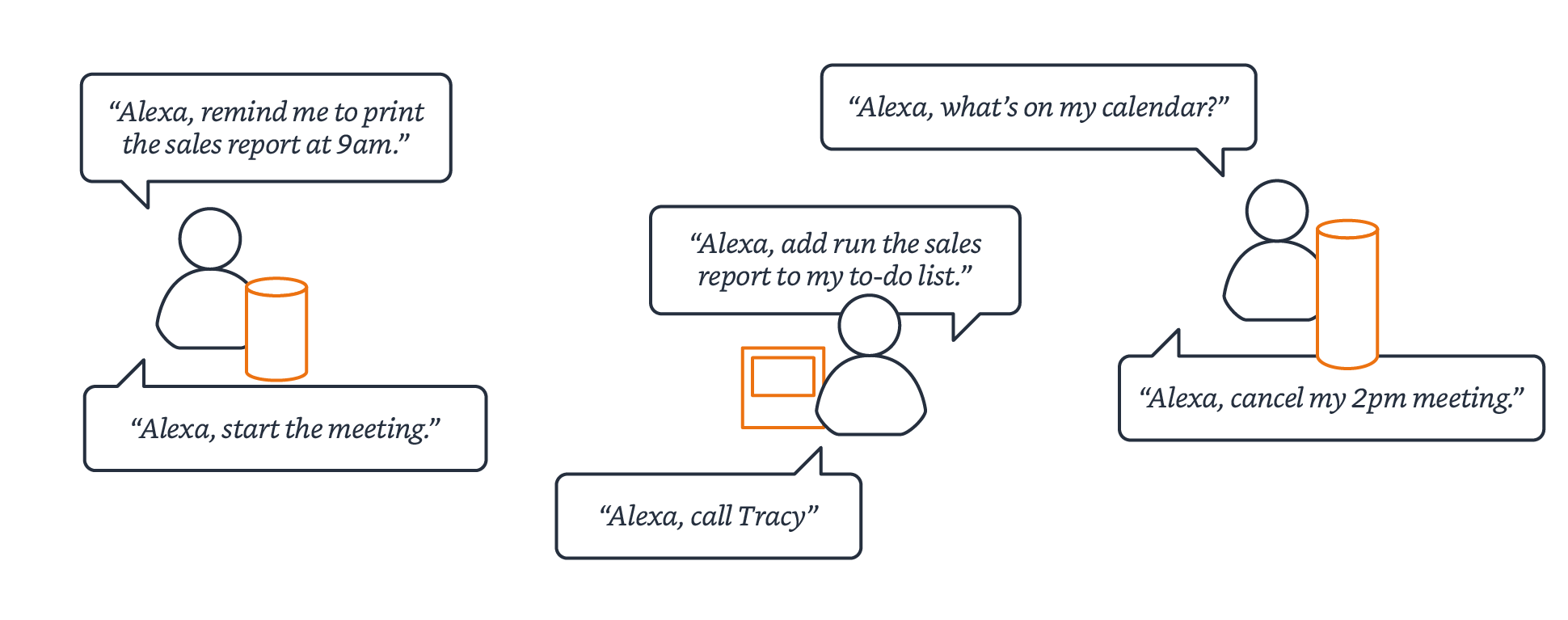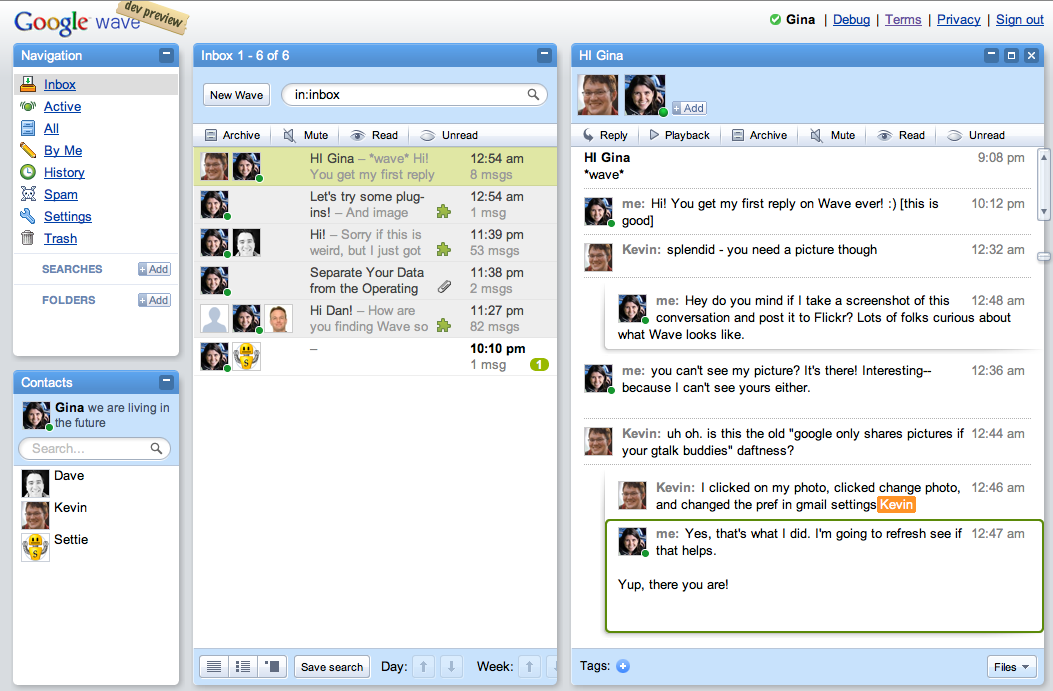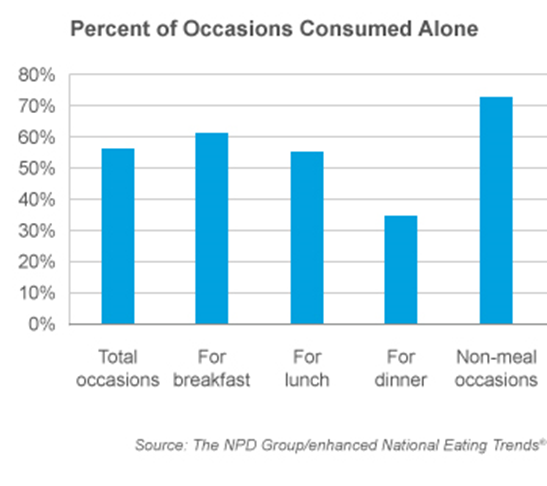Best practices are not always what they seem: Amazon meeting edition
If Amazon isn't the world's most closely watched mega-organization, (due to all their data security drama, I think Facebook might tip them here), it is certainly in the top three or four. From their massive growth, increasing market share and market cap, dominance over such differing businesses as retail e-commerce and enterprise cloud computing, their massive lead in voice assistant technology - every day Amazon provides something about which to opine on for bloggers and podcasters and reporters.
And I didn't even mention their incredibly covered and public search for their new headquarters location, HQ2, and their founder Jeff Bezos' side projects like reusable rocket ships, drone-based delivery, and even the Washington Post.
So with any giant, powerful, and influential organization like Amazon, HR and workplace types like me, also like to look at the principles, culture, and approaches to human capital management and even the day-to-day practices of companies like Amazon, to see if there is some kind of 'secret sauce' that can be understood and perhaps even copied. Since Amazon is so successful, they must be doing something right, in terms of how work is organized, how people are managed, and how their culture translates into innovation and productivity. This kind of examination isn't new to Amazon of course. Companies like Google, Netflix, even Jack Welch's GE back in the day have all been scrutinized and dissected by outsiders in order to try and cherry pick HCM programs and strategies to be used in other firms.
But I think the problem with this kind of approach, the modern spin on the 'best practices' method of improving workplaces and business outcomes is that outsiders often miss the real purpose, goals, and intent of another organization's strategies and practices. After all, the nature of being on the outside suggests that we can't really know everything about how an another organization operates, and how their internal programs support their culture and business strategies. We can guess, sometimes make an educated guess, but usually we can't know for sure.
Which brings us back to our pals at Amazon, and one of their peculiar and unique workplace practices that has been reported before, and made the rounds again last week as a result of some comments Jeff Bezos made in an interview.
Amazon, it seems, starts internal meetings with everyone in the group reading a 6-page memo about the subject of the meeting that has been prepared in advance, and sets the tone for the impending discussion. Here is some of what Bezos had to say about this practice, taken from a piece on Business Insider:
"For every meeting, someone from the meeting has prepared a six-page, narratively structured memo that has real sentences and topic sentences and verbs. It's not just bullet points. It's supposed to create the context for the discussion we're about to have."
Everyone then sits and reads the memo silently, which often takes a good half-hour. And then they discuss the memo.
Think about that for a second - first, when was the last time you sat down and wrote 6 pages worth of anything? That is a lot of words. A standard memo, using a normal font size, margins, and spacing will run about 500 words per page. So 6 pages gives you about 3,000 words give or take. Trust me, as a blogger who has written probably too many words over the last decade, crafting 3,000 words is not easy.
And Amazon seems to understand that too. According to Bezos, "A great memo probably should take a week or more to write". Think about that - a week for someone to prep for a meeting. When was the last time you spent more than 15 minutes prior to a meeting going back through an email chain or searching for some PowerPoint presentation on the file server to make sure you knew what the meeting was really about and you were prepped.
But the reason I was interested in this approach to meetings was not just because it (seems) to be an interesting and novel way to make sure that everyone in the meeting is prepared to have a productive discussion, each armed with at least a common, baseline understanding of the subject. It is also interesting to me because their is, I think, another, more subtle takeaway from reviewing this 'best' practice.
And it is this:
Amazon is not successful because they hold better meetings, my guess is that they are successful because they likely hold fewer meetings than other comparable organizations. When the barrier to having a meeting, a week of effort to craft a 3,000 memo, is high enough, then I suspect that Amazon finds better, and more productive ways to avoid meetings in the first place. Maybe it is a phone call to the right person. Maybe it is more clear lines of accountability and decision making. Or maybe it is just, 'Gosh, who wants to spend a week writing about this before we can decide, let's just decide and move on.'
My takeaway from this 'best practice' isn't 'Let's have better meetings.' It's 'Let's have fewer meeetings.'
And while the 6-page memo idea probably wouldn't fly in most workplaces, having fewer meetings overall is probably something just about everyone would embrace.
Have a great day!
Note - this post is about 885 words by the way.

 Steve
Steve



